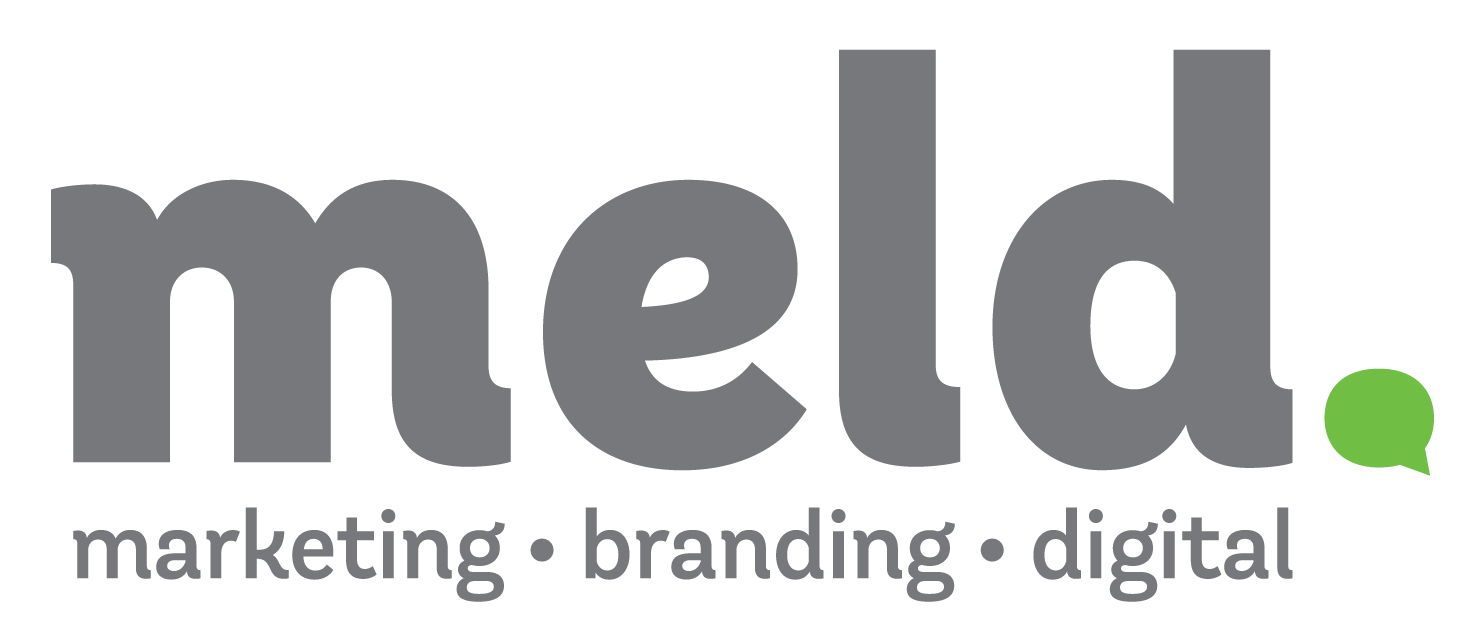The viral social post has become akin to the notorious pursuit of Bigfoot. Many search, and few happen to actually stumble upon something that will set the digital universe abuzz.
Those who do are the exceptions. Take Ocean Spray, for example. The company never expected Nathan Apodaca to come along and take them to viral status. After Apodaca’s car broke down in 2020, he filmed a video of himself riding a longboard lip-synching ‘Dreams’ by Fleetwood Mac while drinking a bottle of Ocean Spray Cranberry Juice. It’s not the kind of thing a brand can plan for, and yet nevertheless, it was a social media sensation—one that Ocean Spray benefited from.
How to Create a Great Social Post
The secret formula to social media success sits right up there next to discovering Sasquatch. Unfortunately it’s not as simple as bottling up the essence of success and creating a massively viral post (and you can’t always count on a consumer video to accidentally go viral, like Apodaca and Ocean Spray!).
But social media is a powerful tool, even if you don’t get millions of views. It’s especially effective for businesses that want to promote their brand to a wider audience and give their online presence more authority.
To set your business up for social media success, there are specific components you should always include in your posts. Here are seven you can easily incorporate into your next post.
1. An Eye-Catching Image
This is a follower’s first interaction with your post. As they’re scrolling through their feed, you want them to stop scrolling and tap or click on your post. For photo-centric platforms like Instagram and Pinterest, stopping the scroll is critical. These platforms place the photo above your caption, so if your photo doesn’t catch a user’s eye, they likely won’t bother with the caption, either.
On Facebook and LinkedIn, the caption may come above the photo, but it’s the photo that will truly get people to take note of your post. At Meld, no matter what platform we’re posting on for ourselves or our clients, we never post without a visual.
But what if you’re not selling a particularly photogenic product or service? A little creativity can go a long way.
- Feature your best customer testimonials and client kudos.
- Include statistics or facts your audience would find interesting (ex: The number of global social media users is expected to reach almost 3.43 billion in 2023).
- Post a video instead! With the rise of Stories and Reels and video platforms like TikTok, video content has surged in popularity and often outperforms image posts. On certain platforms, the algorithm even gives preference to video content.
2. Short, Engaging Copy
A social post isn’t the place to list every benefit and feature of your product line, or to provide a complete history of your brand, at least not all in one post.
This is where having a strategic plan for your social media comes in handy. In a documented content calendar, you might plan to focus on one product or service area each month. Perhaps you highlight a specific feature once a week and drive traffic back to your website, or highlight a customer testimonial for a specific service in a post that directs followers to your service page to learn more.
Keep in mind there’s a sweet spot for each platform in terms of post length. Here are the character recommendations and limitations for the most popular platforms:
- Facebook: The posts with the highest engagement on Facebook have an average of 50 characters (Source: Buzzsumo). After around 125 characters, Facebook will cut off your post caption with an ellipsis and a “Read More” button. Users will then have to go out of their way to click “Read More” to expand the post and read the full caption.
- Instagram: Limit your caption to between 138 and 150 characters. Instagram only displays the first three lines of text, so users will have to click the ‘More’ button to read the rest of your post if you go beyond the recommended character count.
- LinkedIn: Though LinkedIn posts are often lengthier than Facebook or Instagram posts, 100 characters remains the recommended character count. If your post exceeds 140 characters, users will have to expand the post to read more.
- Twitter: Twitter is the platform with the fewest allotted characters: 280. However, a post with between 70 and 110 characters will get the highest number of retweets, according to TrackSocial.
Pro Tip: Many of these recommended character counts don’t provide a lot of space to work with. When it’s not possible to stay under the character count recommendation, make sure you’re including the most important or attention grabbing information in your very first sentence. That way, if a user doesn’t click “Read More,” to expand the post, they still walk (or scroll) away with the gist of what you wanted them to know.
3. A Strong Call to Action
What is the goal of your post? Do you want to get likes and shares? Do you want to drive traffic to your website? Do you want to encourage engagement through comments?
To create a great call to action, work back from this goal.
Here’s an example: A new auto detailing company wants to grow and engage their social community on Facebook. They create a post for a full-service auto detail giveaway, encouraging users to like their page and comment with one thing they love about summer. When the giveaway is over, the auto detailing company will randomly choose a winner from the post comments.
Some common calls to action beyond the contest or giveaway:
- Click the link to learn more
- Sign up today
- Download now
Fun fact: Using clear words like ‘download,’ ‘follow’ or ‘retweet’ can result in up to 23 times the engagement rate.
4. The Right Hashtags
On platforms like Instagram and LinkedIn, hashtags are used to help users find the content they most want to see or read. But don’t just use the hashtags you want your users to search for—use the hashtags they’re already using.
How do you choose the right hashtags for your posts? Each platform has its own search feature that allows you to type in a hashtag and discover how many people are actually using it. A good rule of thumb is to use a mix of popular or trending hashtags and lower-volume hashtags—you don’t want to get lost in the sea of content, but you also don’t want to get caught up on the hashtags no one is using.
And don’t go overboard. Just because Instagram allows 30 hashtags per post doesn’t mean you need to use all 30 every time. There’s no magic number for how many hashtags to use. The social media industry itself is conflicted, with some experts saying more is better and others saying using too many can decrease rather than increase your engagement.
Like many things in social media, though, quality is more important than quantity. It’s better to use a few extremely relevant hashtags than 30 kinda-sorta-relevant hashtags. If you’ve never used hashtags before, between two and five hashtags is a good goal to start with.
Pro Tip: Create at least one branded hashtag and use it consistently in your posts (e.g. #meldmarketing).
5. The Right Tagging
This won’t be true of every post, but in posts where you mention another company or business, be sure to tag them in your post using the @ symbol. It notifies them directly of your post, increasing the chance that they will see it. They can then help put your post in front of a wider audience by sharing, retweeting, or posting it to their story.
However, avoid randomly tagging businesses or individuals. Many platforms will actually punish these types of posts, “suppressing” it in the algorithm so as not to clog up people’s feeds with spam posts. It’s also important to note that on Facebook specifically, you can only tag other business pages (not individual users) from your own business page.
6. A Trackable Link
Find out how many users are clicking through to your website from social media by creating a trackable link. The Google Analytics Campaign URL Builder is a good tool for creating trackable links. It assigns each URL a unique ID, or UTM parameters, that allow Google Analytics to pull data from the link (for example, number of clicks to your site). This click-through data can help inform your social strategy (and make the case to your higher-ups about why social media is so important!).
7. Timing is Everything
Before you hit ‘publish,’ make sure you know when your audiences are most active on each platform. Generally Facebook and Instagram users are most active later in the evening, while LinkedIn users are often active early in the morning or early in the afternoon.
The best way to find your peak engagement time is to experiment. Or if you use a social media automation tool such as Sprout Social, you can generate reports that indicate when your audiences are most engaged. Some tools even allow you to select recommended times when you post.
If you are posting natively (from within the social platform), you likely won’t have access to this type of data. But you can still experiment posting on different days at different times of the day to see what works best over time.
Pro Tip: Social media management tool company, Sprout Social, has an always up-to-date guide listing the best times to post on social media for each major social platform: Facebook, Instagram, Twitter, and LinkedIn. It’s updated regularly and is a great place to start when experimenting with the best times to post!
A Final Note: Know What You’re Measuring
Let’s circle back to viral posts. If you get thousands of likes, but your goal is to get people to your website to request a consultation, you may come up short of your goal. Likes and other ‘vanity metrics’ (i.e. data points that won’t necessarily impact your return on investment) look good on paper, but they probably won’t drive your sales.
Need help putting all these strategies into practice? Want to up your social media game but don’t have the time to dedicate to it? Reach out and let’s talk! We’ve worked with many clients throughout Iowa (and beyond!) take their social media presence to the next level. Our expert digital team can help you engage your audiences and target potential customers to reach your goals, whether you want to raise brand awareness, drive traffic, or generate leads.



